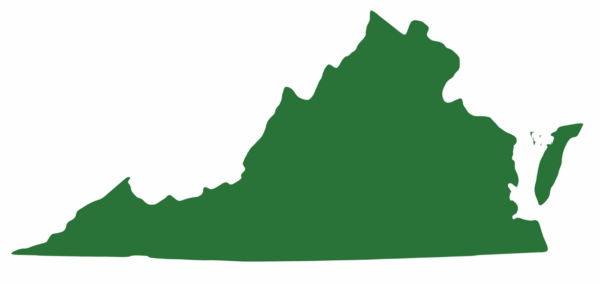North American Snapping Turtle. Photo by JD Kleopfer
North American Snapping Turtle. Photo by JD Kleopfer
Fact File
Scientific Name: Chelydra serpentina serpentina
Classification: Reptilia, Order Testudines, Family Chelydridae
Conservation Status:
- Species of Greatest Conservation Need-Tier 4b on the Virginia Wildlife Action Plan
Size: Up to 20 inches in length
Identifying Characteristics
This turtle has a flattened carapace (upper shell) with knobby keels that smooth out with age. It can grow very large, reaching up to19 inches in length and weighing from 10 to 35 pounds. It has a large head, a small plastron (lower shell), and a long tail which is saw-toothed along the upper side. The carapace is brown; the plastron and bridge are cream to light brown with varying amounts of black on the surface. The skin of the head, neck, and limbs is dark brown or black, and the large head has a blunt, protruding snout. The carapace is often covered with algae. Juveniles are similar to adults in morphology and color. The breeding season is from late April until November. The incubation period is from 80-90 days, and egg laying occurs usually in June. The hard-shelled, white eggs are spherical in shape, resembling ping-pong balls. The eggs are laid in a flask-shaped cavity that the females dig in many varieties of soils on dry land.
Habitat
This species is found throughout the state and occupies a wide variety of aquatic habitats, including brackish water.
Distribution:
The snapping turtle is found statewide, including on some barrier islands. It inhabits a wide variety of aquatic habitats, including ponds, lakes, streams, rivers, swamps, and freshwater and brackish marshes. Areas providing cover in the form of stumps, muskrat lodges and burrows, overhanging ledges, and /or soft, deep, organic substrate have the largest populations. The activity season extends from late March through October, but snapping turtles can be found in water in any month of the year.

Did you know?
Although Snapping Turtles do have a powerful bite, the ability to bite through a broomstick handle is folklore. Biting children’s’ toes while they are swimming is also folklore.
Last updated: November 19, 2025
The Virginia Department of Wildlife Resources Species Profile Database serves as a repository of information for Virginia’s fish and wildlife species. The database is managed and curated by the Wildlife Information and Environmental Services (WIES) program. Species profile data, distribution information, and photography is generated by the Virginia Department of Wildlife Resources, State and Federal agencies, Collection Permittees, and other trusted partners. This product is not suitable for legal, engineering, or surveying use. The Virginia Department of Wildlife Resources does not accept responsibility for any missing data, inaccuracies, or other errors which may exist. In accordance with the terms of service for this product, you agree to this disclaimer.

